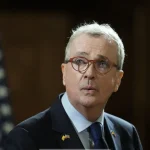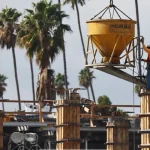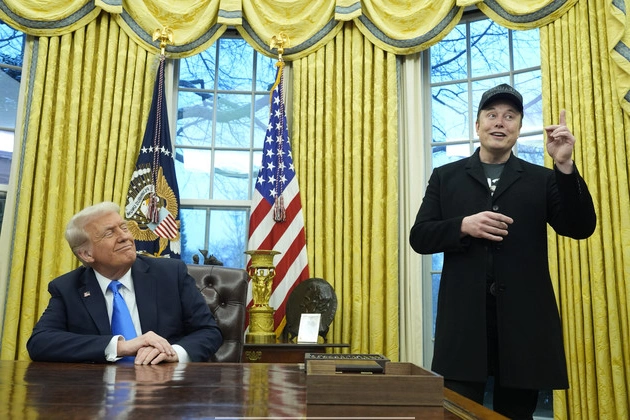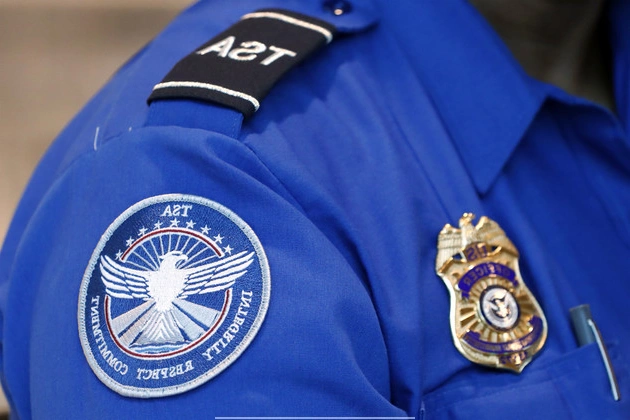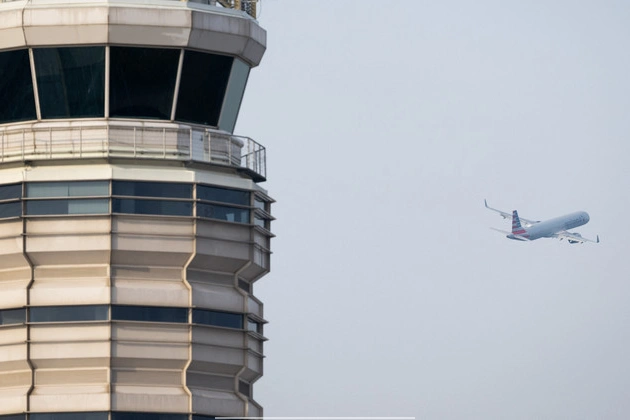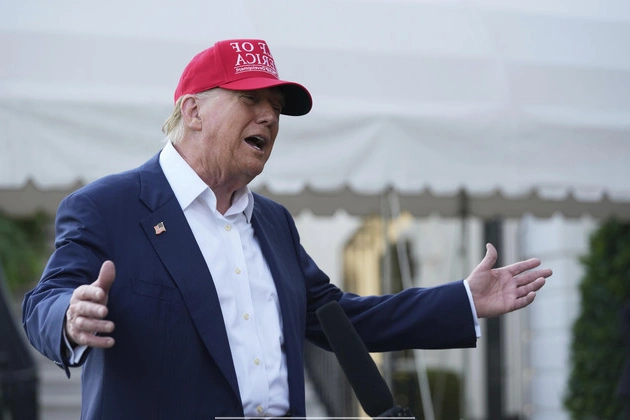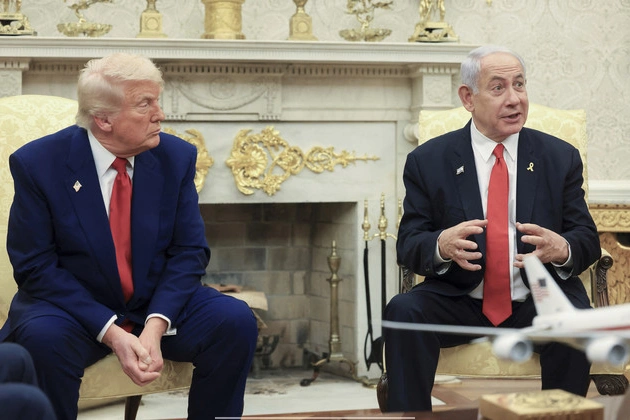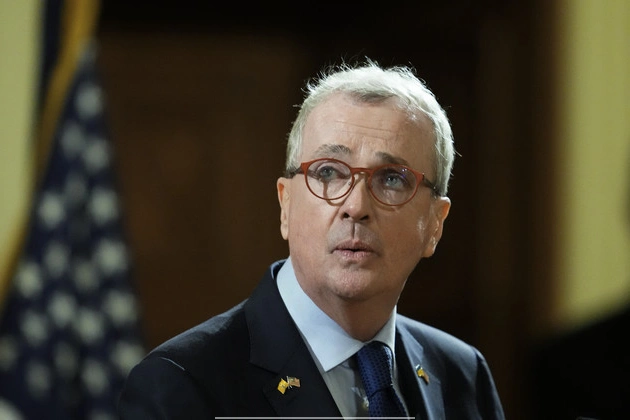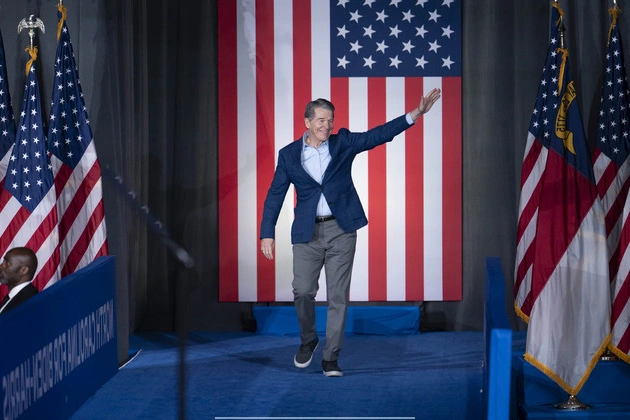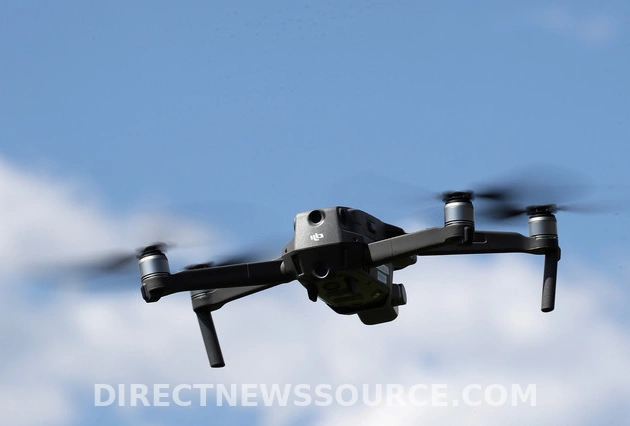
The Biden administration is facing challenges in responding to the increasing concerns regarding drone sightings in the Northeast.
Understanding the Situation
Reports of mysterious drones have sparked unease, prompting the administration to address the issue. However, initial responses lacked clarity and left many questions unanswered.
White House national security communications adviser John Kirby suggested the formation of a commission to investigate ‘congestion’ in the country’s skies. Yet, the specifics of this proposal remain vague, raising doubts about its effectiveness in alleviating public apprehensions.
Public Perception and Political Reactions
The ongoing uncertainty surrounding the drone sightings has fueled speculation and criticism, notably from lawmakers like Sen. Tom Cotton and Rep. Pat Ryan. Their remarks reflect a broader frustration with the administration’s handling of the situation.
Law enforcement and elected officials have expressed dismay over the lack of transparency and urgency in addressing the drone-related incidents. The need for a cohesive strategy to identify and manage such aerial activities is becoming increasingly apparent.
Industry Insights and Regulatory Challenges
Experts in the drone industry emphasize the complexities of integrating drones into congested airspace. The coexistence of drones, airplanes, and helicopters poses unique challenges that require careful navigation and coordination.
Bailey Wood from Vertical Aviation International highlights the safety considerations for helicopter operations amid the growing presence of drones. The importance of enhancing operational standards and technology to ensure safe interactions in shared airspace is underscored.
Proposed Solutions and Legislative Efforts
The administration’s proposal for a bipartisan commission signals a commitment to addressing airspace congestion and enhancing regulatory frameworks for drones. However, the specifics of the commission’s mandate and scope require further clarification.
Legislative initiatives, such as Senate Majority Leader Chuck Schumer’s support for enhancing counterdrone authorities, aim to bolster security measures and regulatory oversight. The evolving landscape of drone regulations underscores the need for proactive legislative action.
Future Outlook and Collaborative Strategies
As discussions on drone regulations and airspace management continue, stakeholders stress the importance of transparent communication and public engagement. Building public trust and awareness around drone operations is essential for fostering a harmonious coexistence in shared airspace.
The interagency efforts to address drone-related concerns reflect a commitment to ongoing dialogue and collaboration. By promoting transparency and understanding, regulatory bodies can effectively address public concerns and shape informed policies.


